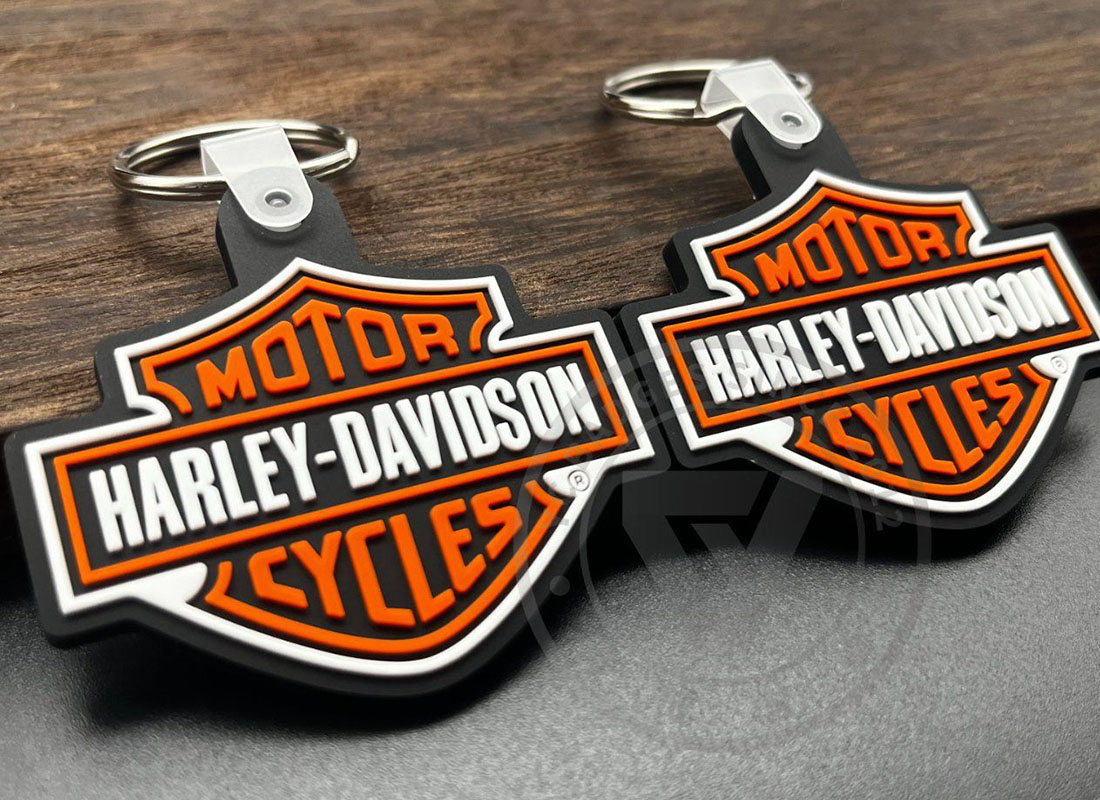For questions or to order by phone, call +86 186 8856 0026 or email us today joneyfang@yc-badges.com
How does the customization process of PVC labels affect their durability?
In the world of product packaging and branding, PVC labels have gained significant popularity due to their versatility and durability. However, the customization process, which is crucial for creating unique and appealing labels, can have a notable impact on their long – term durability. Let’s explore how different aspects of the customization process interact with the label’s durability.
1. Design and Printing
- Printing Technology: The choice of printing technology during customization plays a vital role. Digital printing, for example, is known for its high – resolution output and ability to reproduce complex designs. However, if not properly cured or if low – quality inks are used, the printed design may be prone to fading or scratching. On the other hand, offset printing can offer excellent color consistency and durability. The inks used in offset printing are typically more robust and adhere well to the PVC surface, making the label more resistant to wear and tear. For instance, a PVC label on a high – end cosmetic product printed with offset printing will likely maintain its vibrant colors and sharp design over time, even with frequent handling.
- Design Complexity: Highly detailed and complex designs may require more layers of ink or special printing techniques. While these can create a visually stunning label, they can also potentially affect durability. If too many layers of ink are applied without proper drying or curing between each layer, the ink may not bond well to the PVC, leading to cracking or peeling. A label with a simple design, on the other hand, may have fewer issues with ink adhesion and durability, as there are fewer layers and less complexity in the printing process.
2. Shape and Size Customization
- Cutting Methods: When customizing the shape of a PVC label, the cutting method used can impact durability. Die – cutting is a common method that can create precise and clean edges. However, if the die is not sharp or properly maintained, it can cause rough edges or micro – fractures in the PVC. These weakened areas can be more susceptible to tearing or fraying over time. Laser – cutting, on the other hand, offers a very precise and clean cut, often with minimal damage to the surrounding PVC material. This can result in a more durable label, especially if the label is subject to bending or rubbing against other surfaces.
- Size Considerations: The size of the PVC label can also influence durability. Larger labels may be more prone to stretching or sagging, especially if they are not properly supported. If a large PVC label is adhered to a curved surface, such as a cylindrical bottle, it may experience uneven stress, leading to premature peeling or cracking. Smaller labels, on the other hand, generally have less surface area to be affected by stress and are often more durable in terms of maintaining their shape and adhesion.
3. Special Finishes and Coatings
- Matte or Glossy Finishes: Applying a matte or glossy finish is a common customization option. A matte finish can give a label a more sophisticated and subdued look, while a glossy finish makes the colors more vibrant. However, the type of finish can impact durability. Matte finishes are often more prone to scratching, as they may not have the same level of hardness as glossy finishes. Glossy finishes, on the other hand, can provide an additional layer of protection, making the label more resistant to minor abrasions. For example, a PVC label on a consumer electronics product with a glossy finish will be better protected against scratches from normal handling.
- UV Coating: UV coating is a popular customization choice for enhancing durability. It provides a protective layer that is resistant to fading, scratching, and environmental damage. UV – coated labels are ideal for products that are exposed to sunlight or harsh environmental conditions. The UV – curing process bonds the coating tightly to the PVC surface, increasing the label’s overall durability. Without a UV coating, a label may fade quickly when exposed to sunlight, reducing its effectiveness as a branding tool.
4. Adhesive Selection
- Type of Adhesive: The adhesive used to attach the PVC label to the product is a critical aspect of customization that affects durability. Permanent adhesives are designed to create a strong and long – lasting bond. They are suitable for products where the label needs to remain in place permanently, such as on the packaging of consumer goods. However, if the wrong type of permanent adhesive is used, it may not adhere well to the PVC or the product surface, leading to peeling. Removable adhesives, on the other hand, are less durable in terms of long – term adhesion but are useful for applications where the label may need to be removed without leaving residue. For example, promotional labels or labels on reusable containers may use removable adhesives. The key is to select the right adhesive based on the product’s intended use and the environment it will be exposed to.
In conclusion, every aspect of the PVC label customization process, from design and printing to shape, size, finishes, and adhesive selection, can have a significant impact on the label’s durability. By carefully considering these factors, manufacturers can ensure that their customized PVC labels not only look great but also stand the test of time, effectively representing their brand and protecting product information.
